In the ever-evolving landscape of smart building management solutions, we are consistently committed to innovation and excellence. In this case study, we’ll explore one of our most remarkable projects – the Smart Sensor, a cutting-edge multi-sensor designed for ideal room climate monitoring. Today, we visit this groundbreaking technology to dive deeper into its capabilities and the impressive results it continues to deliver for our Swiss-based client, a leading building automation solutions provider.

The Smart Sensor project was born out of the need to address the complex challenge of room climate and environment monitoring. This IoT system integrates an array of sensors, including those for temperature, humidity, volatile mixed gases, presence/motion, brightness (light intensity), and noise level. The real magic happens through sensor fusion, where data from these sensors is intelligently combined to provide precise information about the room's state. Mounted discreetly on the ceiling, the Smart Sensor captures critical environmental data and also communicates room status to users through an LED ring, where each color signifies different aspects of room occupancy, air quality, or cleaning requirements.
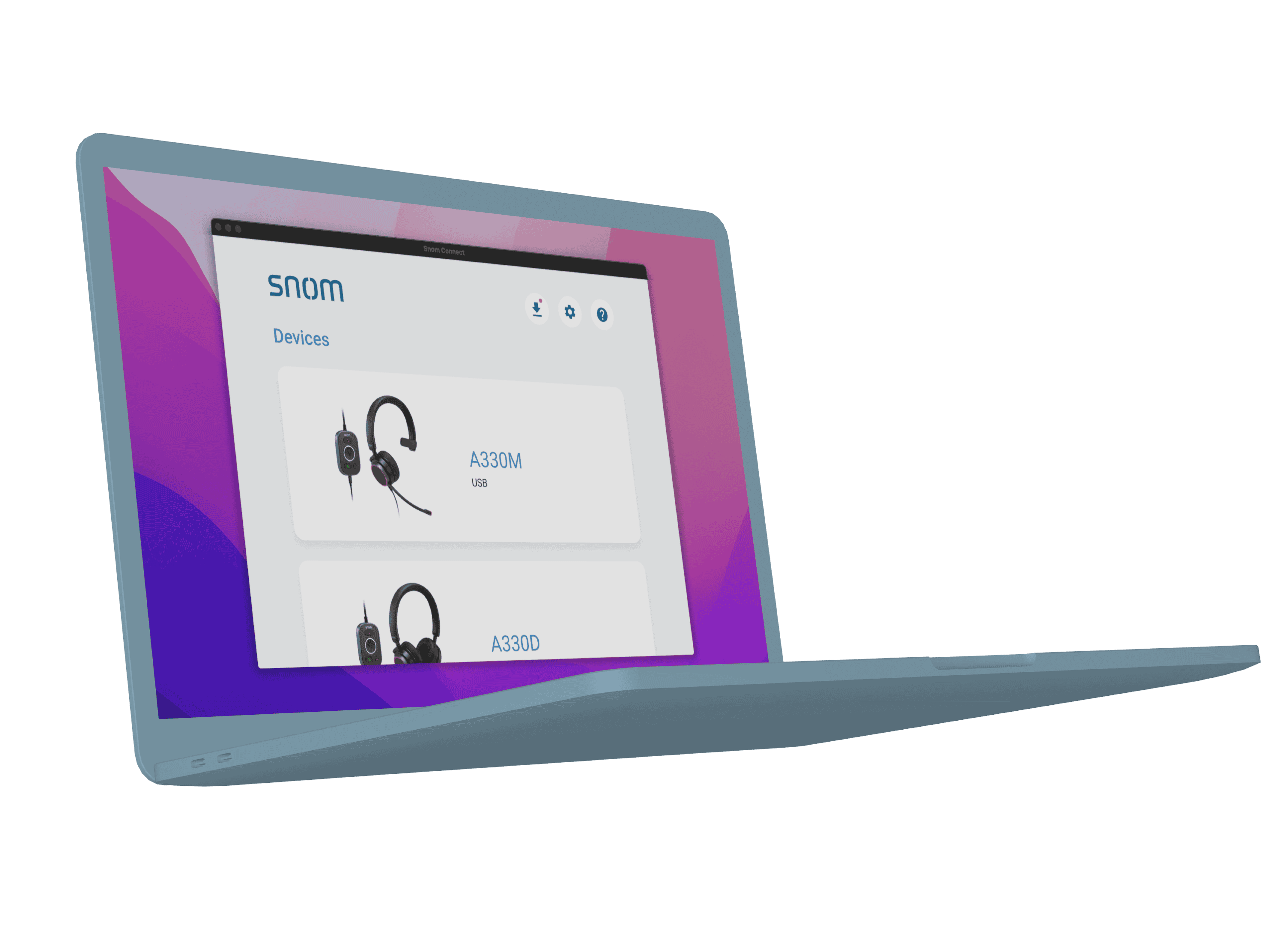
In this case study, we will explore the firmware, mobile application, and dashboard that make this technology a game-changer in smart building management.
Holistic Approach
For this project, it was crucial to take a holistic approach. We needed to synchronize the embedded and IoT teams with our product designer and mobile app development team. From the project kickoff until the final bug fixes, the entire team worked collaboratively to create the perfect solution. We held team meetings with our client to discuss their needs, and then our teams planned together to ensure smooth coordination. The client’s product development team would provide the requirements, our designer would create the UI for the mobile app feature, and the IoT team would develop the firmware. At the same time, the mobile team would begin implementing the feature. This iterative approach allowed us to address any issues promptly, eliminating long waiting periods between different teams.
Academic research
As we ventured deeper into the project, leveraging cutting-edge technology, we encountered a significant challenge with our sensors, specifically in obtaining accurate noise level measurements. Recognizing the critical need for precision, we decided it was time to elevate our approach. To achieve the highest level of accuracy possible, we visited a local university. There, we gained access to their quiet room—a space so tranquil that even the sound of a heartbeat can be heard.
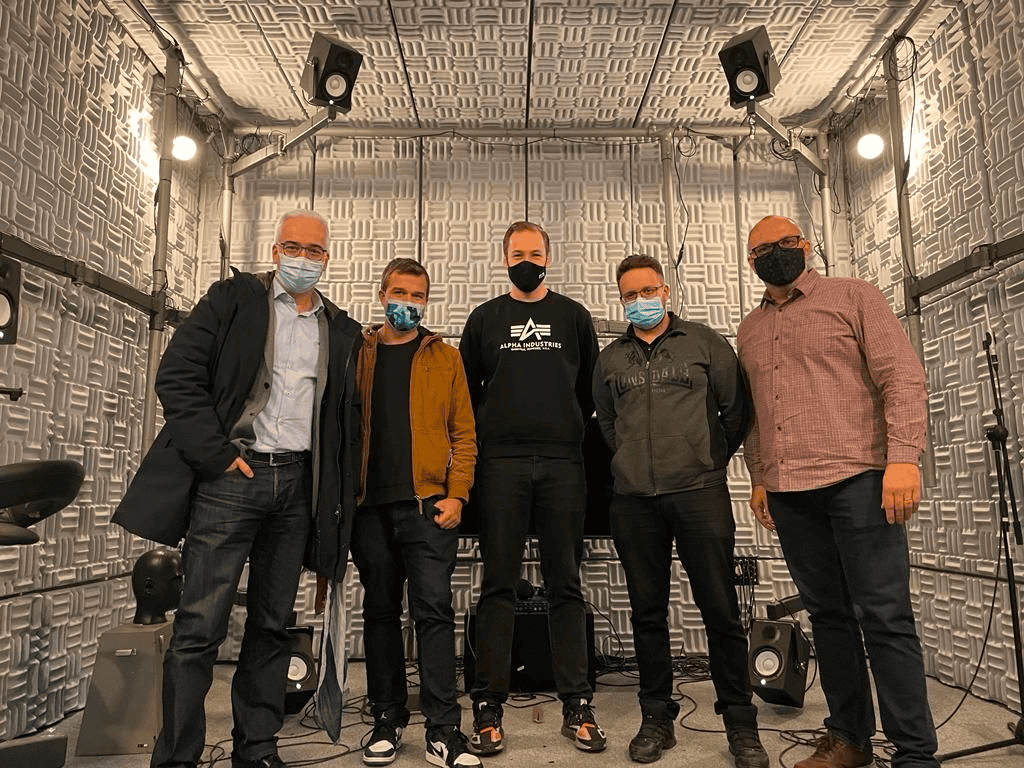
In this controlled acoustic environment, we diligently fine-tuned and calibrated our microphone sensors, ensuring they delivered the most reliable and precise results. This collaborative effort with academia underscored our commitment to excellence and demonstrated our readiness to go above and beyond to guarantee the Smart Sensor's exceptional performance in real room conditions.
IoT Development
In the realm of IoT development, the Smart Sensor project represented a significant milestone for us. The primary goal of the Smart Sensor was to monitor room climate and environmental conditions, and to achieve this, we integrated a range of sensors, including temperature, humidity, volatile mixed gases, presence/motion, brightness (light intensity), and noise level detectors. These sensors were meticulously designed to work in concert, enabling sensor fusion to provide highly accurate information about the room's state.

Our IoT-ready approach was a key element of this development, as the Smart Sensor implemented MQTT communication via IP/Ethernet. Additionally, we leveraged Bluetooth Mesh for seamless networking of sensors, enabling efficient communication between up to 16 nodes and a gateway device. This wireless networking capability allowed for real-time data exchange between devices through node-to-node communication. Bluetooth Beacon technology was employed to enhance interaction with the mobile application, providing precise device localization within the room.
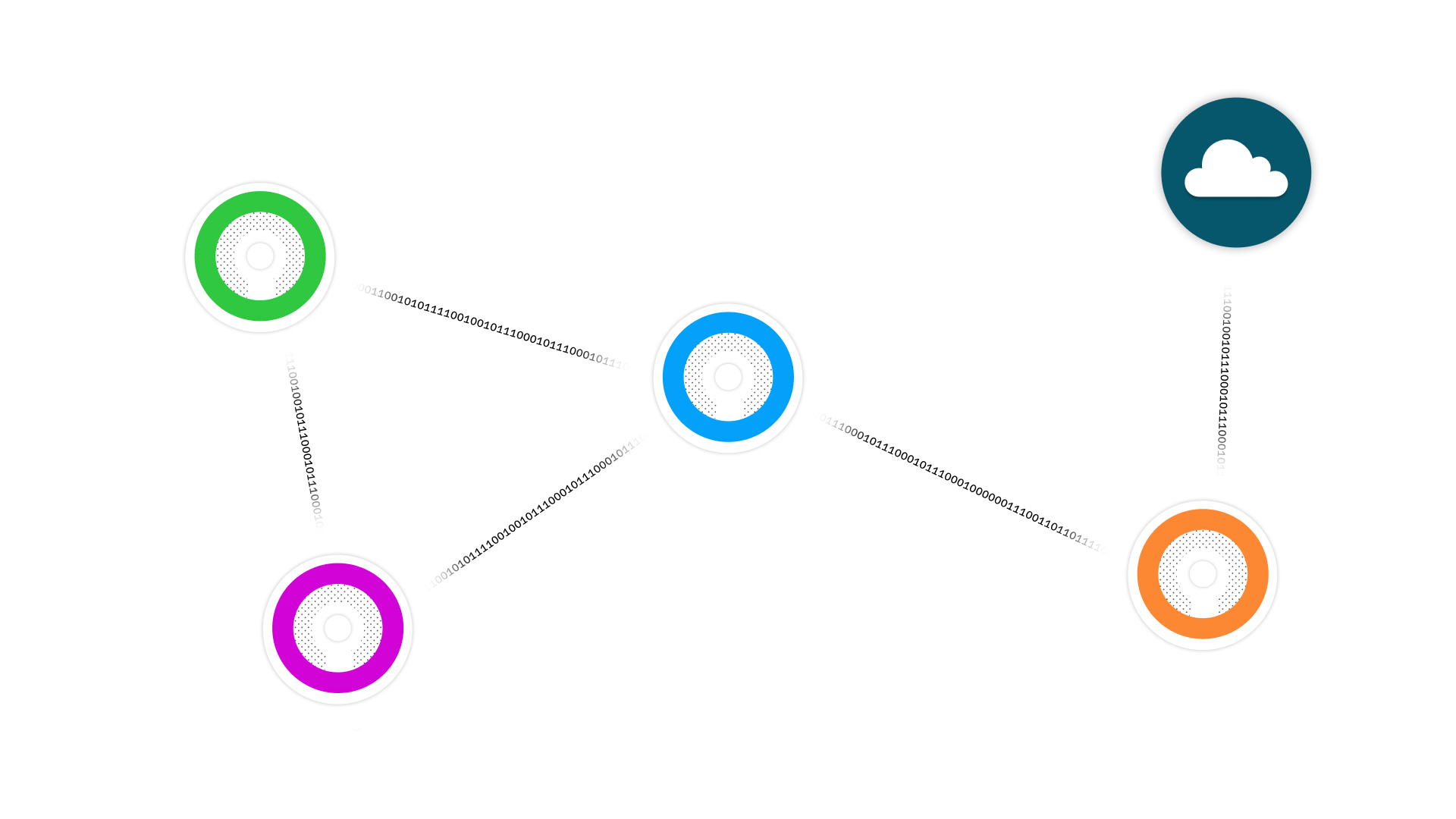
Our work extended to the firmware, where we crafted a robust solution in C/C++ for the ESP32 with dual-core processing, ensuring the efficient operation of the Smart Sensor. This IoT development effort represents our commitment to innovation and excellence in delivering solutions that transform complex challenges into user-friendly, efficient, and highly functional IoT devices.
Design
When developing the Smart Sensor mobile application, our design approach placed user experience (UX) at the forefront. Unlike many specialized applications that often neglect user-friendly design, we aimed to create an intuitive and enjoyable user journey from the very first interaction.
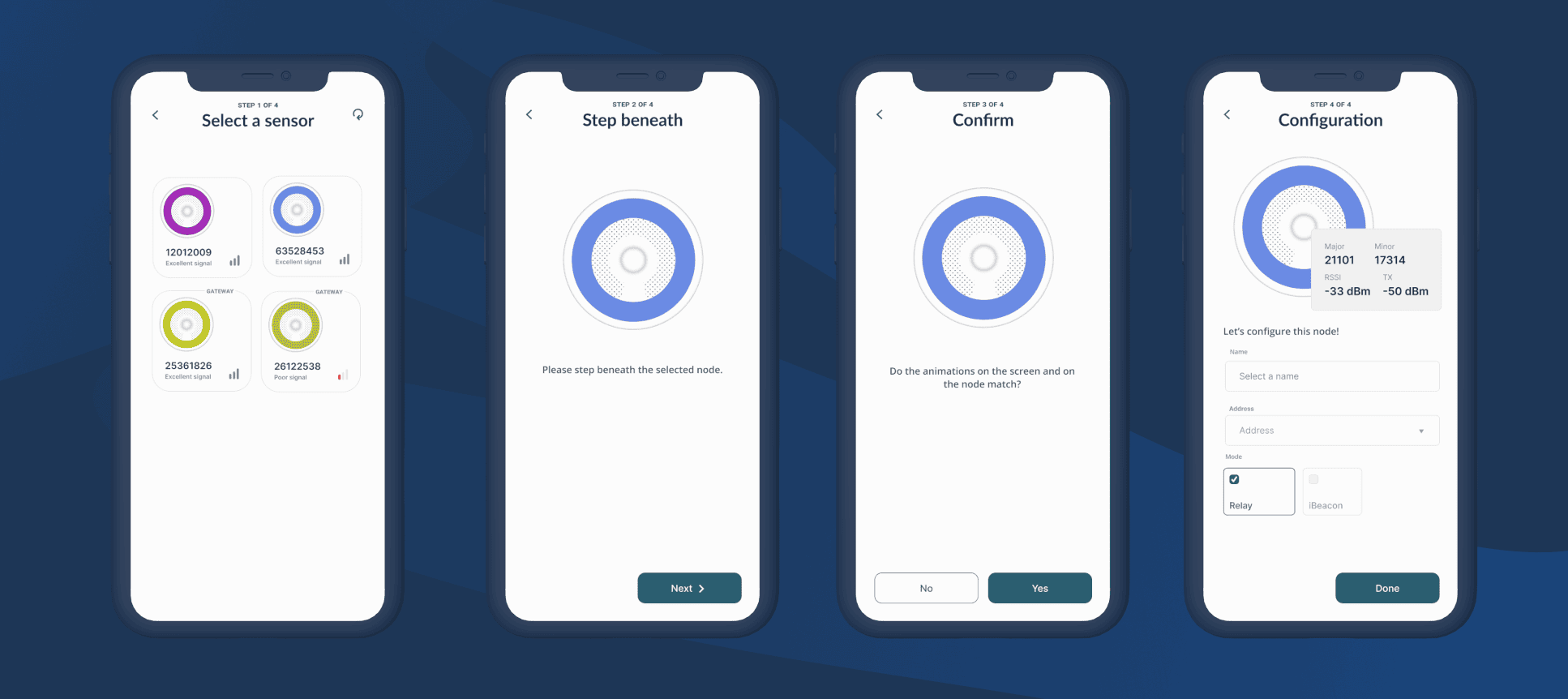
While prioritising UX over UI in the initial stages, we emphasized rapid iteration and user feedback to identify and resolve potential issues efficiently. Through constant communication among teams and a deep understanding of the possibilities and limitations of both sensor hardware and application, we crafted a seamless provisioning process for technicians, ensuring simplicity and error-proofing.
The design process involved some innovative solutions and out-of-the-box thinking, such as using unique colors and LED rings on sensors to aid technicians in precise sensor identification during provisioning. Thoughtful language choices, like replacing "Provision" with "Configure" and "Lock," were made to eliminate confusion and improve the user experience. This commitment to user-centric design not only resulted in a more intuitive application but also highlighted the profound impact of intentional language and iconography in creating a user-friendly interface.

Overall, our approach to design reflects our dedication to delivering high-quality, innovative, and user-centric applications that set new standards in the field of smart building management. You can read more about our design journey here.
Mobile app development
The development of the mobile application for the Smart Sensor project was a crucial part of the solution. Our client required an app that would empower their technicians to efficiently provision the sensor, map out floor plans and networks, and configure settings effortlessly. Beyond the initial setup, the mobile app continued to play a pivotal role, enabling users to monitor and manage room conditions, as well as to update the sensors wirelessly. It acted as the essential link between users and the sensors. All of this added an extra layer of convenience to setting up and maintaining the whole system.
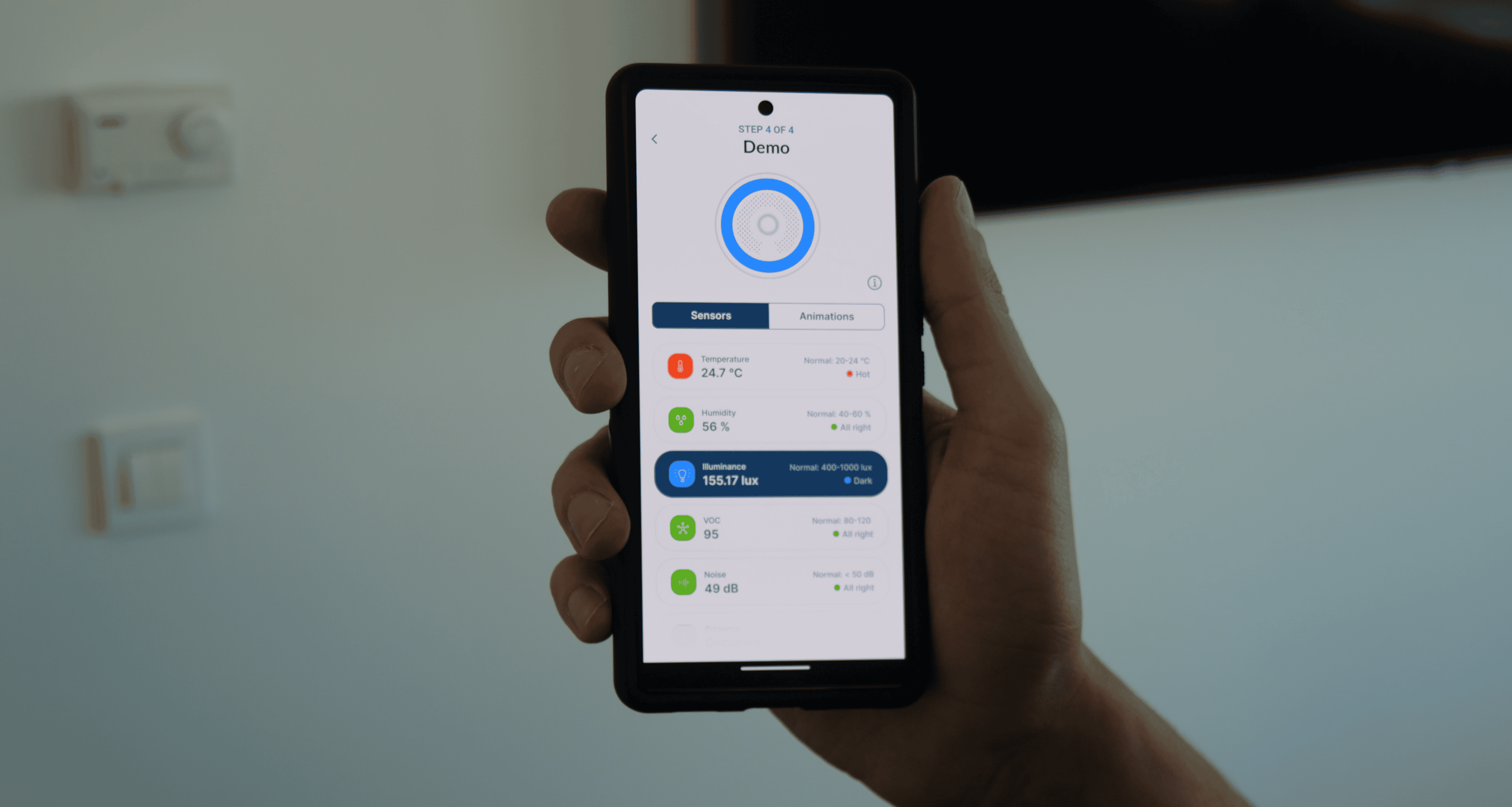
Using the versatility of React Native with the convenience of Expo, our mobile team delivered a robust application that catered to both Android and iOS platforms. This cross-platform approach ensured that our clients had access to a wider user base, making it more accessible and user-friendly. The app seamlessly communicated with the sensor devices using Bluetooth Low Energy, providing technicians with real-time access to vital data. This capability was the key to the provisioning and setup of the Smart Sensor, making the commissioning process efficient and user-centric.
Conclusion
In conclusion, the Smart Sensor project has provided us with valuable insights into smart building management solutions. Throughout the project, our teams worked together to develop software for an advanced IoT device that seamlessly monitors room climate and environmental conditions. We prioritized precision by consulting with academia to fine-tune sensor technology.
Our IoT development efforts, including MQTT communication, BLE Mesh networking, and iBeacon technology, set new benchmarks for real-time data exchange and device localization. Additionally, we created a user-centric mobile application that simplifies provisioning, configuration, monitoring, and updates for technicians.
The Smart Sensor project not only met the requirements of our client but also pushed the boundaries of sensor calibration, IoT development, and user-friendly mobile applications. As we look towards the future, our commitment to innovation and excellence remains, and we eagerly anticipate developing new smart building solutions.
Junior React Native Developer
If you like this article, we're sure you'll love these!
Are OpenAI’s Vector Databases Good Enough for Your Needs?
Discover whether OpenAI’s Embeddings API is the right fit for your vector search needs. Compare it with top vector databases like FAISS, Pinecone, Milvus, and Weaviate.
Knowledge Management: Applications for Modern Enterprises
Explore smarter ways to manage knowledge that drive efficiency, innovation, and seamless team collaboration